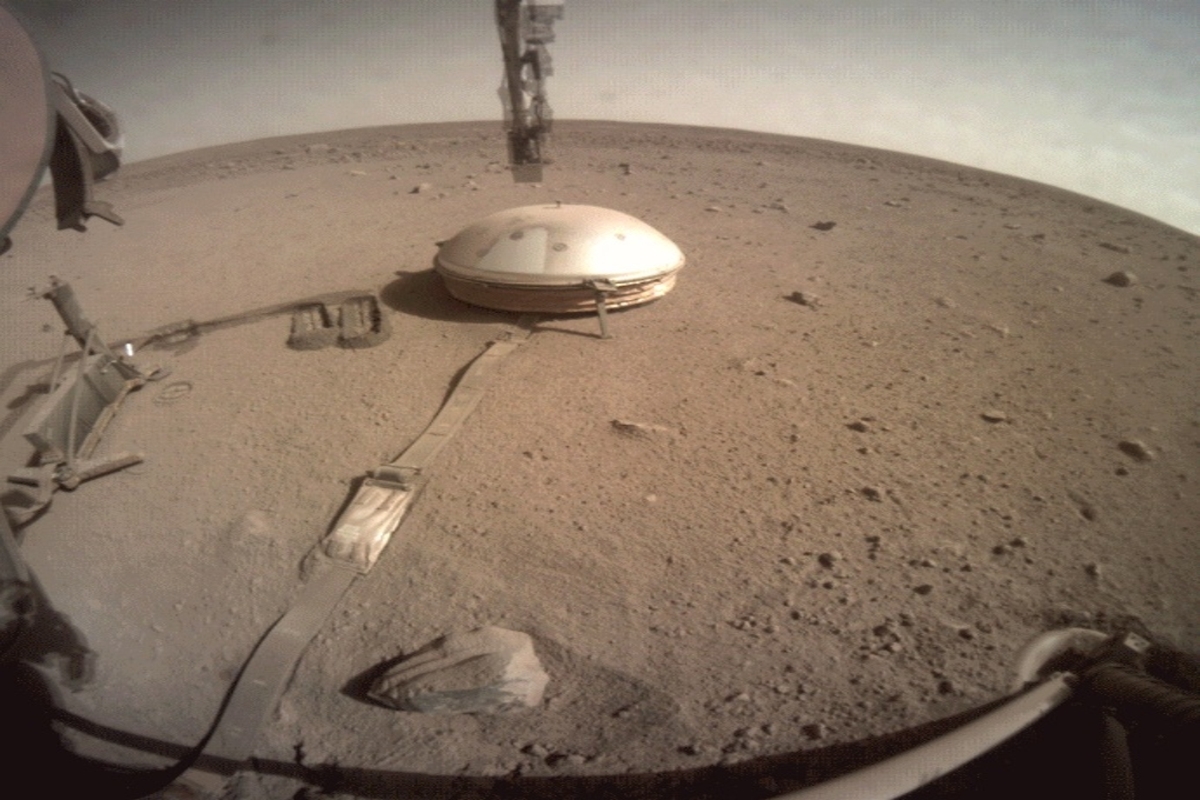Human ground expeditions on Mars can be powered by solar energy harvesting, argued researchers from the University of California.
Modern science has exposed the red planet as a potential source of alien invasion, today’s technology is bringing us closer to crewed missions. The findings of the research were published in the journal Frontiers in Astronomy and Space Sciences’.
Advertisement
The main source of power for some NASA Mars rovers comes from a multi-panel solar array. But, in the last decade or so, most people had assumed that nuclear power would be a better option than solar energy for human missions, according to co-lead author Aaron Berliner, a bioengineering graduate student in the Arkin Laboratory at UC Berkeley.
Advertisement
What makes the current study unique is how the researchers compared various ways to generate power. The calculations took into account the amount of equipment mass that would need to be transported from Earth to the Martian surface for a six-person mission.
Specifically, they quantified the requirements of a nuclear-powered system against different photovoltaic and even photoelectrochemical devices.
While the energy output of a miniaturized nuclear fission device is location-agnostic, the productivity of solar-powered solutions relies on solar intensity, surface temperature, and other factors that would determine where a non-nuclear outpost would be optimally located.
This required modelling and accounting for a number of factors, such as how gasses and particles in the atmosphere might absorb and scatter light, which would affect the amount of solar radiation at the planet’s surface.
The winner: a photovoltaic array that uses compressed hydrogen for energy storage. At the equator, what the team calls the “carry-along mass” of such a system is about 8.3 tons versus about 9.5 tons for nuclear power. The solar-based system becomes less tenable closer to the equator at more than 22 tons but beats out fission energy across about 50% of the Martian surface
“I think it’s nice that the result was split pretty close down the middle,” Berliner said. “Nearer the equator, solar wins out; nearer the poles, nuclear wins.”
Such a system can employ electricity to split water molecules to produce hydrogen, which can be stored in pressurized vessels and then re-electrified in fuel cells for power. Other applications for hydrogen include combining it with nitrogen to produce ammonia for fertilizers – a common industrial-scale process.
Other technologies, like water electrolysis to produce hydrogen and hydrogen fuel cells, are less common on Earth, largely due to costs, but potentially game-changing for human occupation of Mars.
“Compressed hydrogen energy storage falls into this category as well,” noted co-lead author Anthony Abel, a chemical and biomolecular engineering PhD student at UC Berkeley. “For grid-scale energy storage, it’s not used commonly, although that is projected to change in the next decade.”
Both Abel and Berliner are members of the Center for the Utilization of Biological Engineering in Space (CUBES), a project developing biotechnologies to support space exploration. For example, CUBES is focused on engineering microbes to make plastics from carbon dioxide (CO2) and hydrogen or pharmaceuticals from CO2 and light.
The new paper establishes a baseline for the electricity and hydrogen budget that would enable these sorts of applications.
“Now that we have an idea of how much power is available, we can start connecting that availability to the biotechnologies in CUBES,” Berliner said. “The hope is ultimately to build out a full model of the system, with all of the components included, which we envision as helping to plan a mission to Mars, evaluate tradeoffs, identify risks, and come up with mitigation strategies either beforehand or during the mission.”
Beyond science and technology, Abel said it is important to consider the human element of space exploration as well. “To quote Chanda Prescod-Weinstein, ‘Our problems travel into space with us.’ So, when we think about going to Mars, we also have to think about how to address problems like racism, sexism, and colonialism, to make sure we go to Mars in the ‘right’ way.”
(WITH INPUTS FROM ANI)
Advertisement











